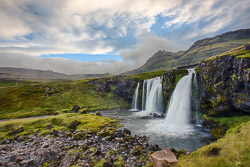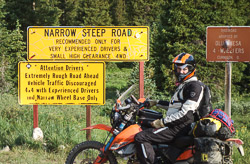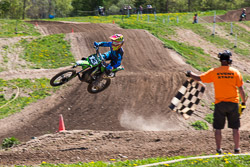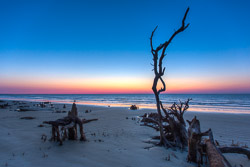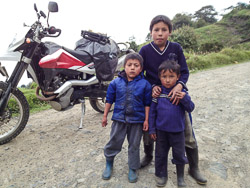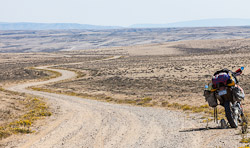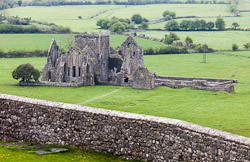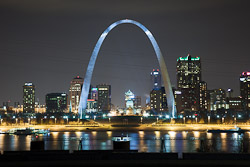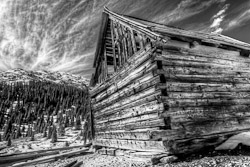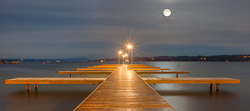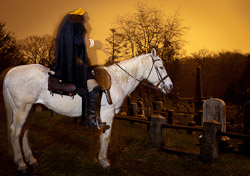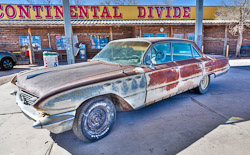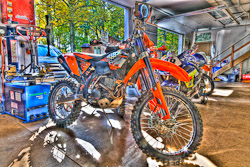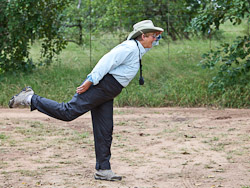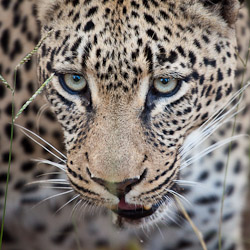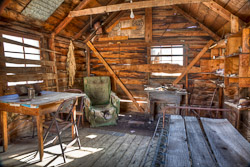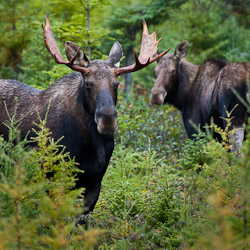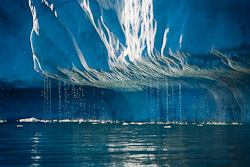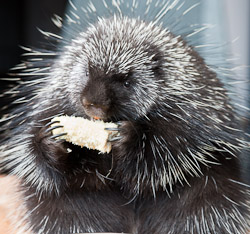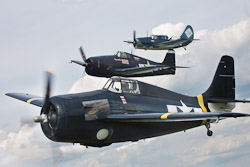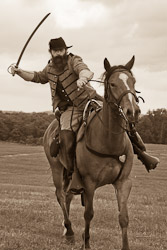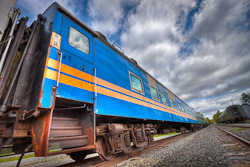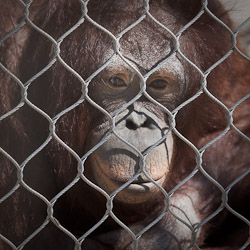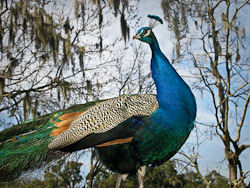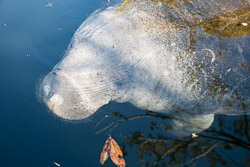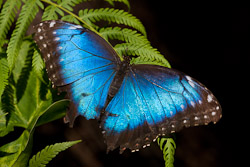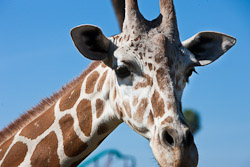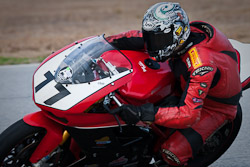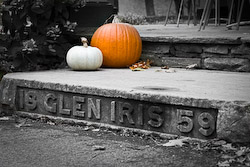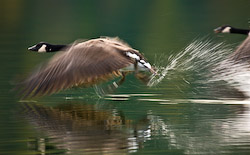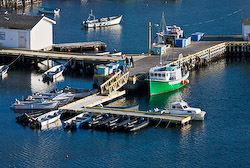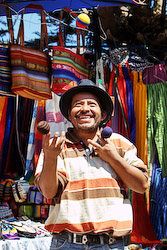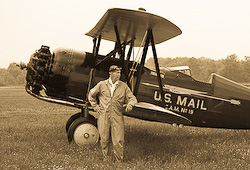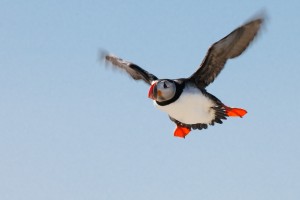Riding the Continental Divide…. A Two Wheeled Adventure
The popular 2007 movie, The Bucket List, coined a phrase we all use now to describe our own unique, special list of things we want to do while the grass is still under our feet. I have nurtured such a list, without the cute name, for as far back as I can remember. The list has not been confined to exotic travel. Rather it is simply a mental reservoir of things I have felt compelled to do during my lifetime. Run my own business… check. Build my own house… check. Find a great wife… check. Explore the underwater world… check. Soar with the eagles… check. Explore the world… working on it.
My first motorcycle ride was on the tank of Dad’s Harley at the age of two, (so I am told). Such a thing would probably have gotten my dad arrested in todays’ world. I have been riding two wheels since my teens and it is perhaps the most enduring passion of my life. It is hard to find the words which give justice to the symphony of sensory inputs which a relationship with a motorcycle provides. Yes, it is a relationship – a very personal and intimate one. It is a melding of man and machine that becomes a magic carpet experience. The ever changing sights, smells, the heartbeat of the engine, the feel of the road telepathically transfered through your hands, feet… even your butt. This all contributes to a very special way to explore the world.
In recent years I have been drawn to a genre of motorcycling known as “adventure riding”. This basically means traveling on unimproved roads, (or worse), to see places most folks miss when staying on modern highways. The bikes are somewhat specialized for this sort of mission… better and longer suspension, more aggressive tires, skid plates, and crash guards to deal with the occasional and perhaps inevitable spills. Lighter is better, especially when it is time to pick up a fallen bike. But in the final analysis, nearly any motorcycle can be pressed into service if the rider knows the limits of his bike and personal skill set.
Locally organized adventure style “dual sport” rides put me in the company of like minded riders, and so it came to pass last fall that a couple of experienced rider friends invited me to join them to do the Continental Divide Ride (CDR). The gist of the CDR is to follow a route that is as close to the Continental Divide as is practical from Canada to Mexico, (or vice versa). If you study a map that shows the Divide, you quickly realize that it is not the fastest way to get from one border to the other. It snakes a torturous and twisted path. As a result, the variety of road surfaces encountered ranges from modern interstate, (for less than a dozen miles), to steep and rocky remote paths that challenge even 4WD. All require some skill and determination. Most of the time it means dirt and gravel roads in various states of repair.
As a bunch of “senior” guys, we chose not to do any camping, but rather partake of modest hotels and restaurants. This simplified the packing list, lowered the load on the bikes, and allowed more time to ride each day. The CDR routes are well established now, and we relied on readily available GPS tracks to help plan our daily destinations.
While the trip was not by definition a photo trek, I wanted to get whatever photography I could. For that reason I chose to take a lightweight tripod, my trusty Canon 5D mkII, and three lenses. The wisdom of that decision is still in question as my photo gear and related computer equipment added considerable weight that I regretted nearly everyday. I am also waiting for the cost estimate from Canon to repair the camera from having fallen on it twice in tip overs and having it get chucked off the back of the motorcycle after hitting a really bad pot hole. This was all early in the trip and the camera continued to function just fine, but it was definitely “a bit worse for wear” by the end of the trip. My iPhone 4S turned out to be my “on the go” camera. It was always in my pocket ready to use. It takes surprisingly good images and adds in GPS location data…. very useful for determining where a shot was taken weeks and months later.
Over the course of 15 days we covered approximately 2100 miles of the 2500 mile CDR. We reversed course in northern New Mexico to start the process of returning home by way of Denver. The images in the gallery, Continental Divide Ride 2012, are a mix of iPhone and “big” camera images presented as a travelogue. In some cases you will note some blown out highlights or other photographic mediocrity. My intent in this gallery is to share the experience, so try to overlook those issues when you see them.
We live in an amazing country. What a great privilege to photograph some of it doing the other thing I love so dearly… riding my motorcycle! It was an awesome “bucket list” experience that leaves me ready for the next adventure ride. What’s on your list? Pick one and do it!
Note: I collated all the daily trip reports I emailed to friends while riding CDR 2012 into a single PDF document available here. For a list of on-line resources and check lists useful for someone contemplating experiencing the CDR, that zipped file is here.

